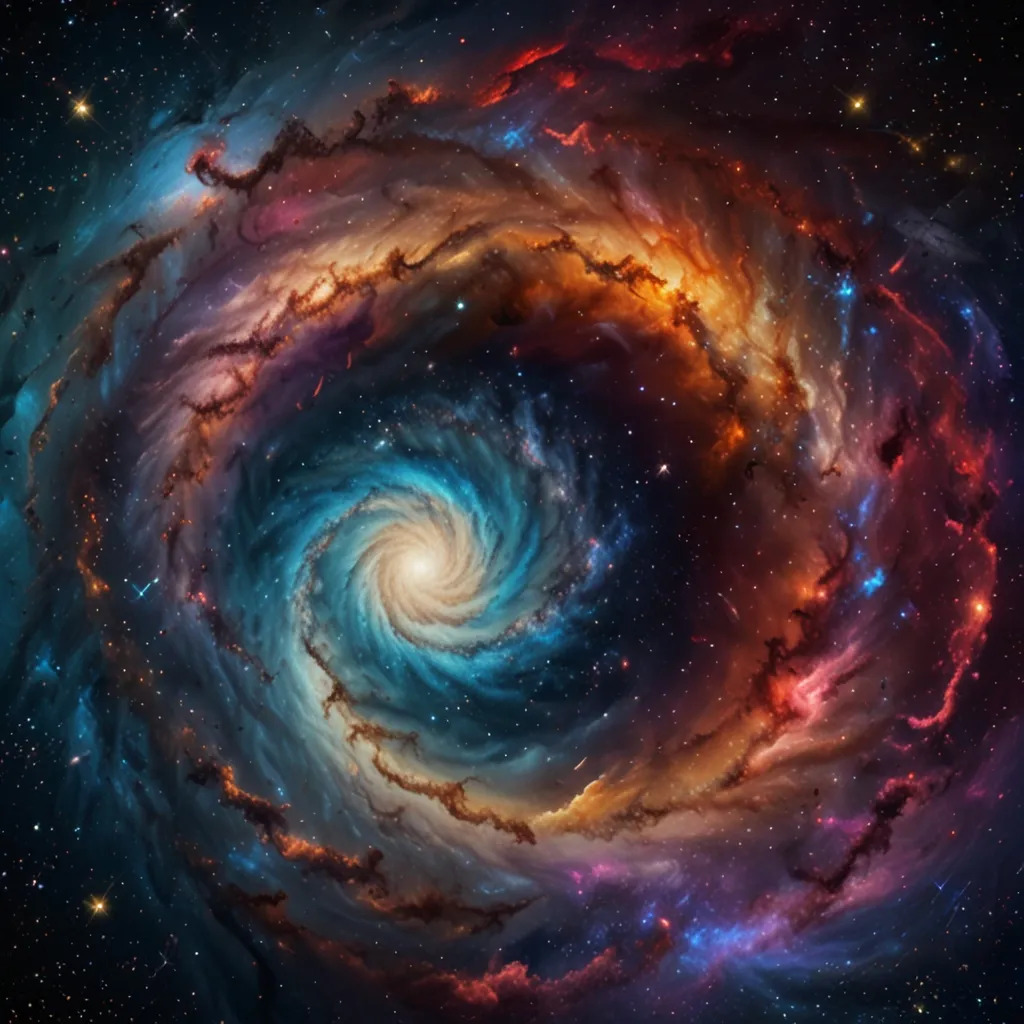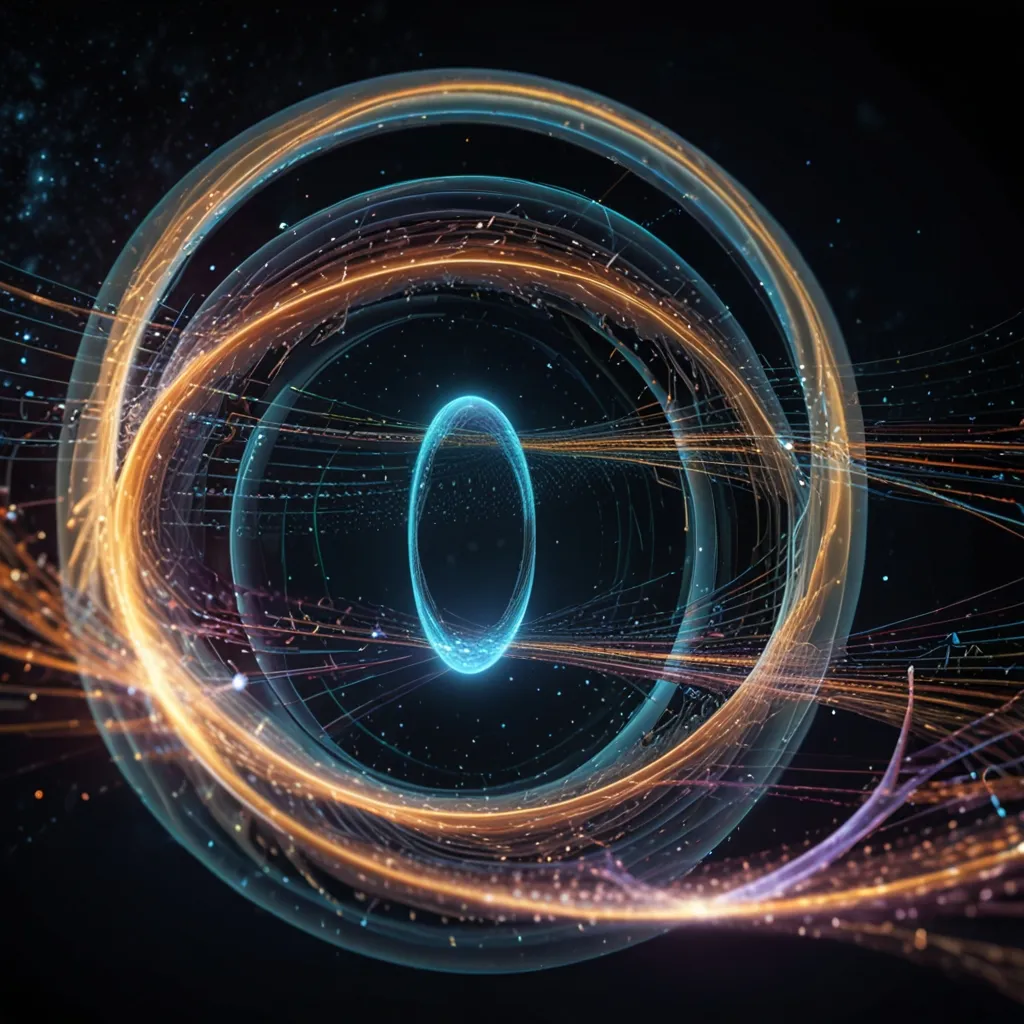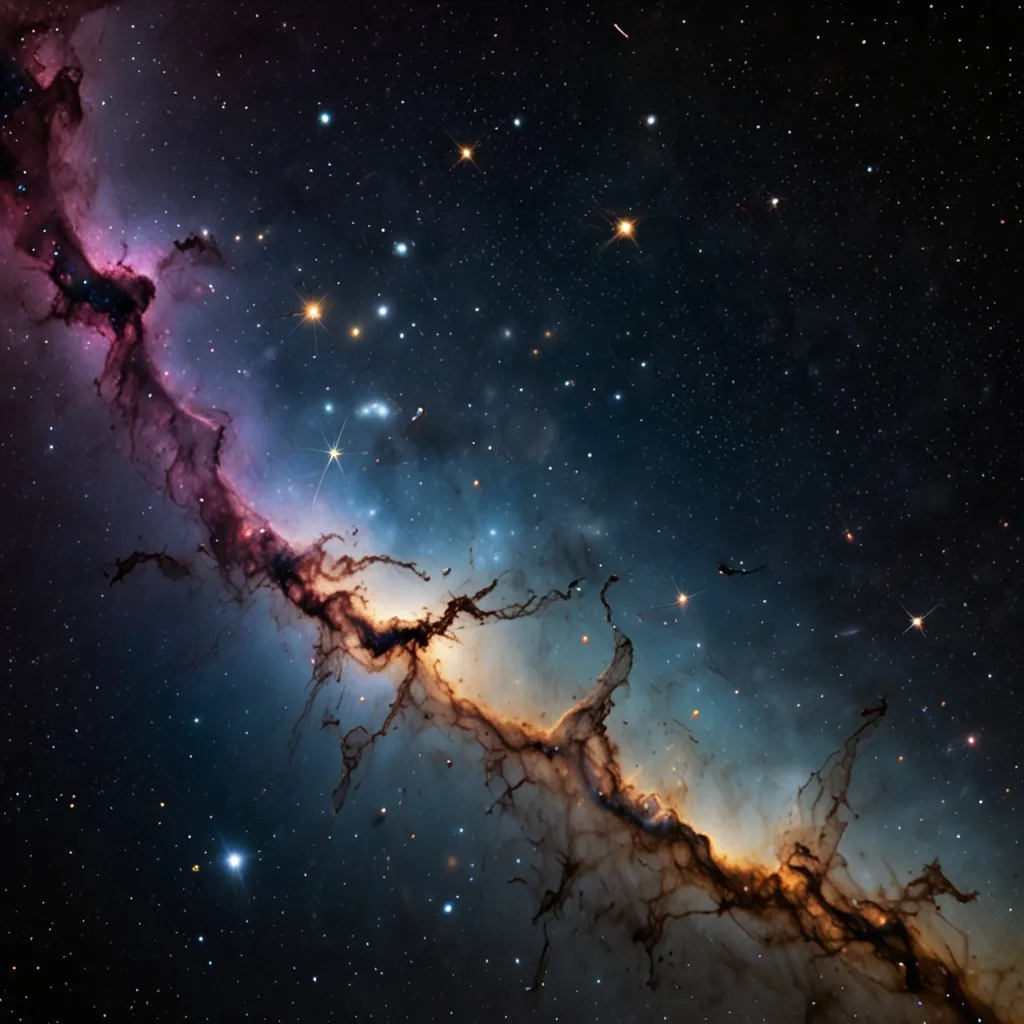Physics experiments have a remarkable ability to reshape our understanding of the universe. Throughout history, a handful of groundbreaking experiments have revolutionized scientific thought, challenging long-held beliefs and opening up new realms of possibility. Let’s explore five such experiments that transformed our perception of reality.
The double-slit experiment, first conducted by Thomas Young in 1801, stands as a cornerstone of quantum mechanics. This deceptively simple setup involves shining light through two parallel slits onto a screen. The resulting interference pattern defies classical explanations, revealing the wave-like nature of light. But the true mind-bending implications emerged when scientists later performed the experiment with individual particles. Astonishingly, even single electrons produced an interference pattern, as if each particle passed through both slits simultaneously. This bizarre result forced physicists to confront the notion that particles can exist in multiple states at once, a concept known as superposition.
“If you can explain this using common sense and logic, do let me know, because there is a Nobel Prize for you.”
- Richard Feynman on the double-slit experiment
The double-slit experiment continues to perplex and inspire scientists to this day. It raises profound questions about the nature of reality and our role as observers. Does the act of measurement itself influence the outcome? How can we reconcile our everyday experiences with the strange behavior of the quantum world?
Moving from the microscopic to the cosmic scale, the Michelson-Morley experiment of 1887 dealt a fatal blow to a centuries-old theory. At the time, scientists believed that light traveled through a mysterious medium called the luminiferous ether, much like sound waves through air. Albert Michelson and Edward Morley set out to measure the Earth’s motion through this ether using an ingenious interferometer. To their surprise, they found no evidence of the ether’s existence. This null result sent shockwaves through the scientific community, paving the way for Einstein’s special theory of relativity.
The Michelson-Morley experiment teaches us a valuable lesson about the scientific process. Sometimes, the most important discoveries arise from unexpected results that challenge our preconceptions. It reminds us to remain open-minded and willing to discard even our most cherished theories in the face of contradictory evidence.
Have you ever wondered about the smallest unit of electric charge? Robert Millikan’s oil drop experiment, conducted in 1909, provided the answer. This elegant yet painstaking experiment involved observing tiny oil droplets falling between charged metal plates. By carefully adjusting the electric field, Millikan could balance the gravitational and electrical forces acting on the droplets. Through meticulous measurements, he determined that electric charge always occurred in discrete units – multiples of the electron’s charge.
The oil drop experiment’s precision and ingenuity exemplify the power of careful observation and experimental design. It’s a testament to how seemingly simple setups can yield profound insights into the fundamental nature of matter.
“To measure is to know.”
- Lord Kelvin
In 1922, Otto Stern and Walther Gerlach performed an experiment that would become a cornerstone of quantum mechanics. They passed a beam of silver atoms through an inhomogeneous magnetic field, expecting to see a continuous distribution of deflections. Instead, they observed the beam split into two distinct paths. This startling result could only be explained by introducing the concept of quantum spin – an intrinsic angular momentum with no classical analogue.
The Stern-Gerlach experiment highlights the often counterintuitive nature of quantum mechanics. It forces us to confront the limitations of our classical intuitions and embrace a new paradigm for understanding the behavior of matter at the atomic scale. How does this quantum weirdness give rise to the familiar world we experience? This question continues to drive research in quantum foundations and interpretations.
Lastly, we turn to an experiment that predates the others but laid the groundwork for our understanding of gravity. In 1798, Henry Cavendish used a delicate torsion balance to measure the gravitational attraction between lead spheres. This experiment not only provided the first accurate measurement of Earth’s density but also allowed for the precise determination of the gravitational constant, G.
The Cavendish experiment’s elegance lies in its ability to measure an incredibly weak force using readily available materials. It demonstrates how careful experimental design and ingenuity can overcome seemingly insurmountable challenges. Moreover, it connects the behavior of objects on Earth to the motions of celestial bodies, unifying our understanding of gravity across vastly different scales.
“Nature uses only the longest threads to weave her patterns, so each small piece of her fabric reveals the organization of the entire tapestry.”
- Richard Feynman
These five experiments, spanning over two centuries, have profoundly shaped our understanding of the physical world. They’ve challenged our intuitions, expanded our horizons, and opened up new avenues of inquiry. Yet, they also remind us of how much we still have to learn. As we continue to probe the frontiers of physics, what new surprises await us? How will future experiments reshape our understanding of reality?
Perhaps the most valuable lesson these experiments teach us is the importance of questioning our assumptions and remaining open to new ideas. They remind us that the universe is often stranger and more wondrous than we can imagine. As we grapple with the implications of these groundbreaking experiments, we’re led to ponder deeper questions about the nature of reality, consciousness, and our place in the cosmos.
What hidden aspects of reality might we be overlooking in our everyday lives? How can we cultivate the curiosity and creativity needed to design the next generation of transformative experiments? As we stand on the shoulders of giants like Young, Michelson, Millikan, Stern, and Cavendish, we’re called to push the boundaries of knowledge even further.
The journey of scientific discovery is far from over. Each answered question seems to spawn a dozen new ones. As we continue to refine our theories and develop more sophisticated experimental techniques, we edge ever closer to a deeper understanding of the universe and our place within it. Yet, the true beauty of science lies not just in the answers it provides, but in the sense of wonder and possibility it instills in us all.






